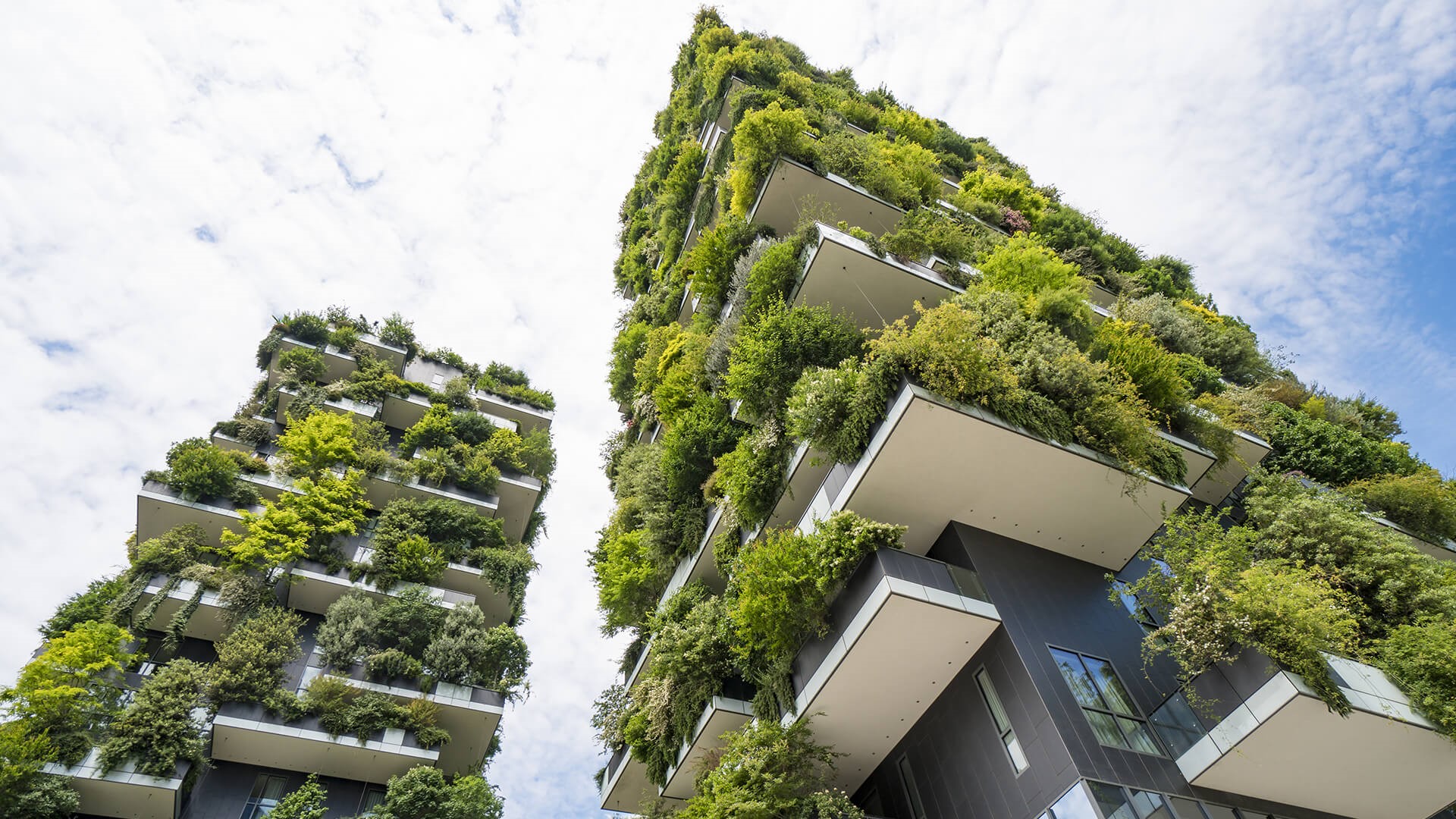
The Intersection of Architecture and Environmental Sustainability
In the face of climate change and increasing environmental concerns, the field of architecture has undergone a profound shift towards sustainability. This movement goes beyond simply reducing energy consumption; it represents a fundamental rethinking of how buildings interact with their environment and the people who use them. The intersection of architecture and environmental sustainability is not just shaping individual buildings, but entire cities and the way we live within them.
One of the key principles driving sustainable architecture is the concept of passive design. This approach maximizes the use of natural energy sources for heating, cooling, and lighting, reducing reliance on artificial systems. Techniques such as optimal building orientation, natural ventilation, and strategic use of thermal mass are being incorporated into designs to create buildings that work in harmony with their local climate.
The materials used in construction play a crucial role in sustainable architecture. There's been a significant shift towards using renewable, recycled, and low-impact materials. From bamboo and reclaimed wood to innovative materials like mycelium (mushroom-based) insulation, architects are exploring alternatives that reduce the carbon footprint of buildings. The concept of "cradle-to-cradle" design, where materials can be fully recycled at the end of a building's life, is gaining traction.
Green roofs and living walls have become increasingly popular features in sustainable architecture. These elements not only provide insulation and reduce the urban heat island effect but also contribute to biodiversity in urban environments. Some architects are taking this further, designing entire "forest cities" where buildings are covered in plants, creating vertical ecosystems that improve air quality and provide habitats for wildlife.
Water management is another critical aspect of sustainable architecture. Rainwater harvesting systems, greywater recycling, and water-efficient fixtures are becoming standard features in environmentally conscious designs. Some innovative projects are even incorporating constructed wetlands or natural filtration systems to process wastewater on-site.
The concept of net-zero energy buildings, which produce as much energy as they consume over the course of a year, is moving from experimental projects to mainstream practice. This is being achieved through a combination of energy-efficient design and on-site renewable energy generation, typically through solar panels or wind turbines. Some buildings are even becoming net-positive, producing more energy than they consume.
Sustainable architecture is also addressing the issue of embodied energy – the total energy required to produce, transport, and install building materials. This lifecycle approach to sustainability is leading to more localized supply chains and a preference for materials with low embodied energy. Some architects are experimenting with 3D printing building components on-site to reduce transportation emissions.
Biophilic design, which seeks to connect building occupants more closely to nature, is becoming increasingly important in sustainable architecture. This approach goes beyond adding plants to a space; it involves incorporating natural light, views of nature, natural materials, and even fractals and other nature-inspired patterns into building design. The goal is to create spaces that enhance human well-being while fostering a stronger connection to the natural world.
Smart building technologies are playing a crucial role in optimizing the performance of sustainable buildings. Advanced building management systems use sensors and artificial intelligence to continuously adjust heating, cooling, and lighting systems for maximum efficiency. Some buildings are even being designed to learn and adapt to occupants' behaviors over time, further reducing energy waste.
The principles of sustainable architecture are also being applied at an urban scale. Concepts like the "15-minute city," where all necessary amenities are within a 15-minute walk or bike ride, are reshaping urban planning. This approach reduces reliance on cars, promotes community cohesion, and can significantly reduce a city's overall carbon footprint.
As we look to the future, the intersection of architecture and environmental sustainability will likely become even more pronounced. From buildings that actively purify air and water to structures that adapt to changing climate conditions, the potential for architecture to positively impact our environment is vast. The challenge for architects and urban planners will be to create solutions that are not only environmentally sustainable but also socially equitable and economically viable, ensuring a holistic approach to sustainability that benefits all members of society.